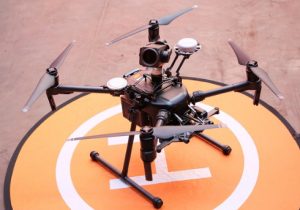
Corvus Energy storage system has announced that it has been selected by Norwegian Electric Systems (NES) to supply lithium ion battery-based energy storage systems (ESS) for five new all-electric ferries being built by Havyard for Norwegian ferry operator Fjord1.
“Fjord1 continues to forge a very progressive path towards environmentally sustainable operations with these additional all-electric ferries,” says Stein Ruben Larsen, Senior Vice President Sales at NES, a total system integrator of electric systems for the global marine market. With respect to their ESS selection, he remarks, “The proven reliability, safety and performance of the Corvus ESS was important in awarding this contract to Corvus Energy.”
Continue reading “Norwegian Electric Systems selects Corvus Energy storage system for new ferries”










